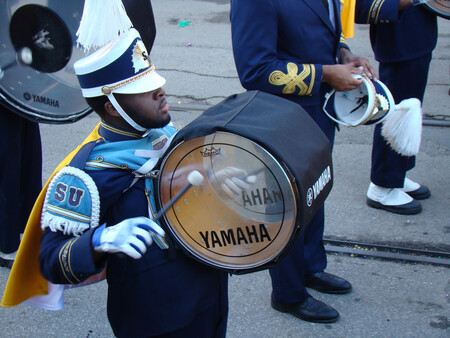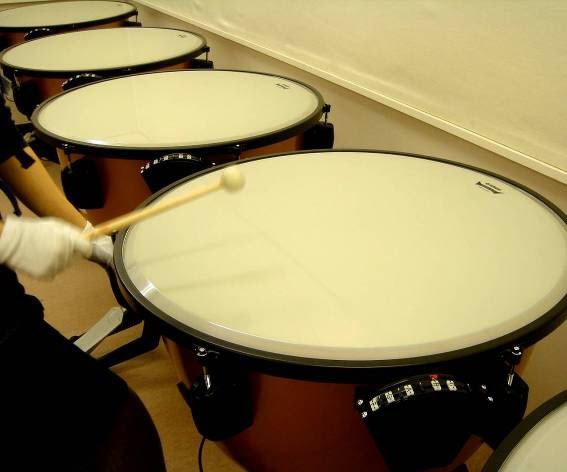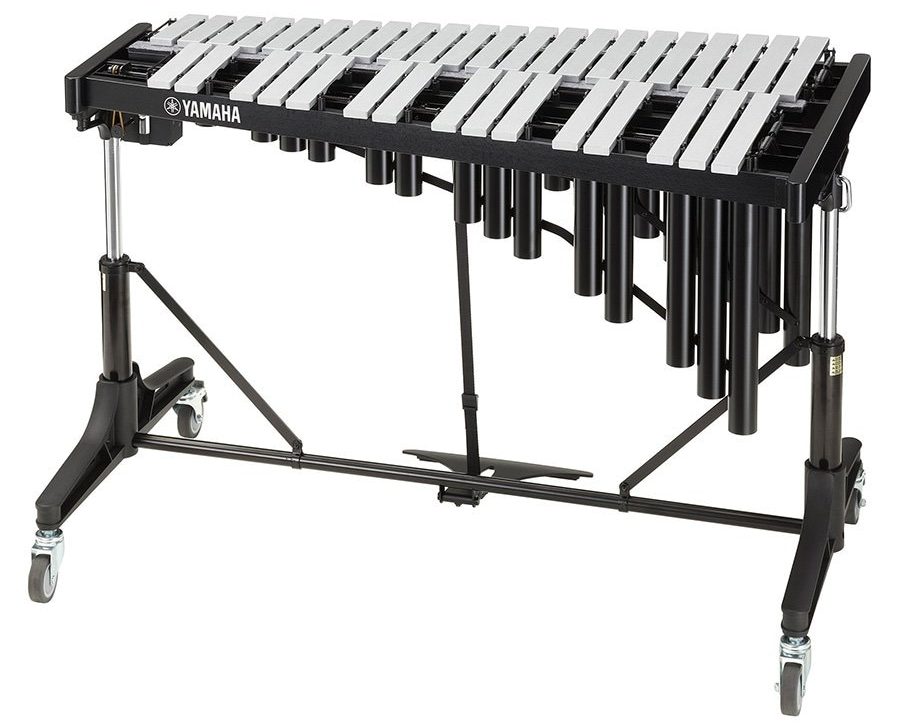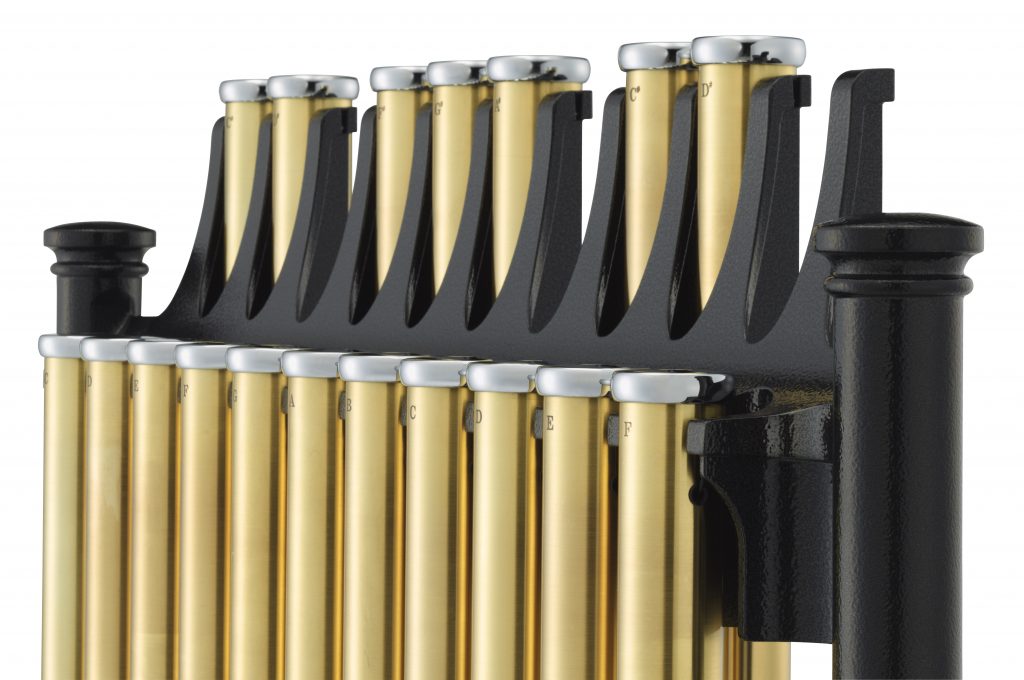Acoustalon™ Marimba and Xylophone Tone Bars
This synthetic material provides an excellent alternative to wood.
Yamaha draws on all its resources when choosing materials for the production of musical instruments. In particular, the company’s vast experience selecting the finest woods for pianos, guitars and drums has been extremely beneficial in the search for materials to be used in marimba and xylophone tone bars. As the need for alternatives to wood became clear, a synthetic material by the name of Acoustalon was developed by Yamaha to accurately reproduce the sound of wood. Let’s take a closer look at this remarkable material.
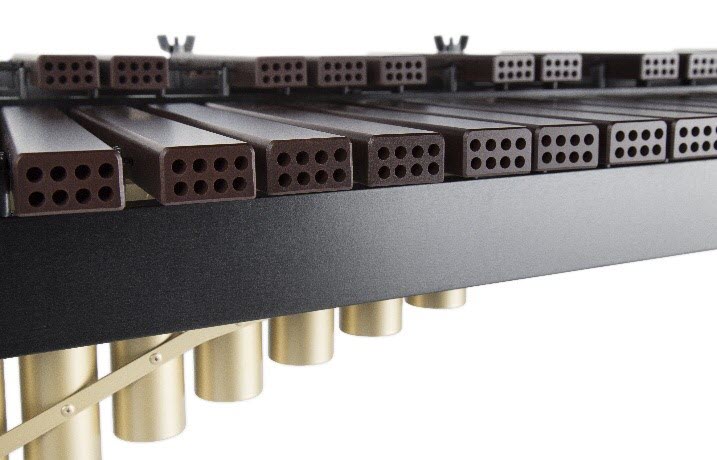
The Inspiration Behind Acoustalon
The inspiration for Acoustalon actually came from the Yamaha sporting department! While Yamaha has grown to become the world’s largest manufacturer of musical instruments, as well as a leading manufacturer of semiconductors, audio/visual and computer-related products, the company has also produced items such as skis, golf clubs, ski boots, tennis rackets and archery equipment.
Research and trial production of fiberglass-reinforced plastic (FRP) began by applying the painting technology cultivated in the woodworking field. Full-scale production and sales of FRP products commenced in the 1960s and 1970s, and the material soon became incorporated in interior car parts and furniture.
What is Acoustalon?
Acoustalon is not a molded product. Instead, strands of a fiberglass material are adhered together throughout the full length of the tone bar to give an acoustical resonance similar to that of natural wood like rosewood or padauk. Its holes (called “Sonic Tone Holes”) are not bored through the length of each bar, but are instead extruded from a slurry mix. The presence of these holes increases the surface area of the bar and brings the bar’s tone closer to that of natural, porous wood.
By creating Sonic Tone Holes at the extrusion stage, the pitch is also closer to that of a wooden tone bar. Another byproduct of this innovation is that Acoustalon tone bars can be manufactured with the same dimensions as the wooden sound board they are attached to.
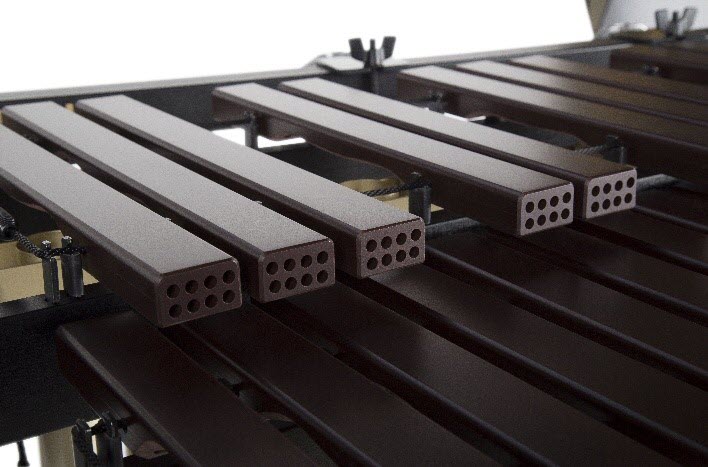
The Advantages of Acoustalon
Although rosewood is often regarded as the material of choice for marimba and xylophone tone bars, Acoustalon provides an excellent synthetic option. Its outstanding tonality and natural feel make it easy for players to transition from wood bars. Acoustalon is also exceptionally stable and durable, making it a perfect choice for school music programs and drum corps that spend a lot of time outdoors.
Humidity
Unlike natural rosewood, Acoustalon is totally unaffected by changes in humidity. As shown in the illustration below, its pitch remains centered regardless of the moisture content in the atmosphere. This is because synthetic materials do not take on water like wood.
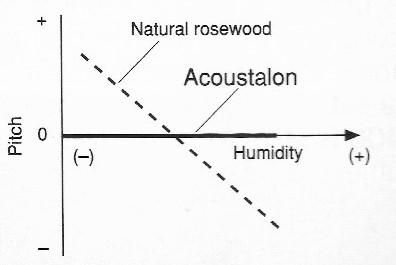
Temperature
The tuning of any instrument will be affected by changes in temperature, but as you can see from the illustration below, tone bars made of Acoustalon will change much less than those made of rosewood, making their tuning more stable in comparison to a wood bar.
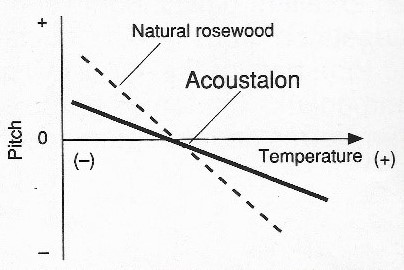
This level of detail leads to greater tuning accuracy, an easier process of tuning each wood bar and improved sound. The benefit to both the student and the music educator is a level of quality and consistency; the benefit to us all is the conservation of precious wood resources.
Also check out this related blog article:
What’s the Difference Between Marimba and Xylophone?
Click here for more information about Yamaha marimbas.
Click here for more information about Yamaha xylophones.











